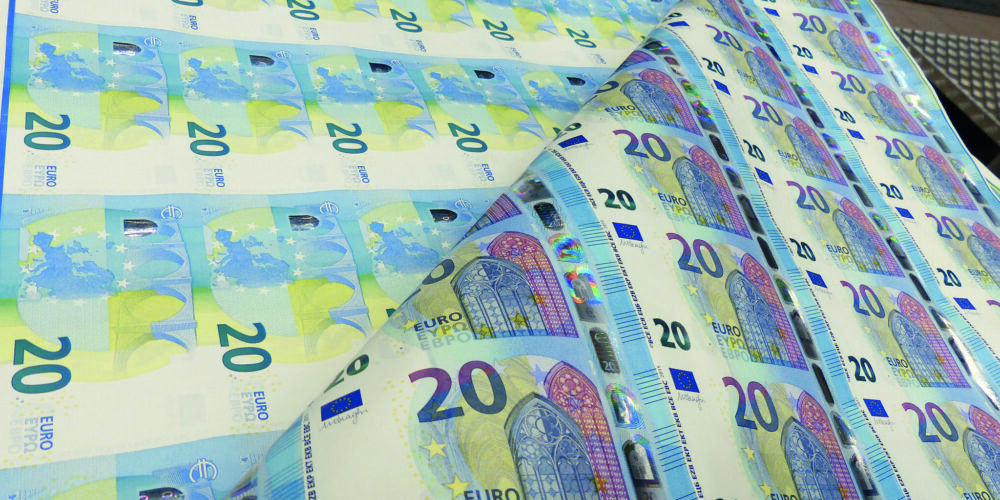Eli Remolona Jr. Announces Plans to Introduce Central Bank Digital Currency in the Philippines
The Governor of the Central Bank of the Philippines, Eli Remolona Jr., has announced ambitious plans to introduce a Central Bank Digital Currency (CBDC) within the next two years. This decision aims to modernize the financial sector and adapt it to the rapidly changing digital landscape.
CBDC for Wholesale Market
The CBDC will primarily target the wholesale market, encompassing banks and financial institutions. A unique feature of this currency is the absence of blockchain technology. Instead, the CBDC will be based on the Philippines’ Payment and Settlement System (PhilPaSS), managed by the central bank. Remolona Jr. highlighted that the focus on the wholesale version is intended to preserve the key role of banks in the financial ecosystem.
Risks Associated with Retail CBDC
The Governor emphasized potential risks associated with the potential introduction of a retail version of CBDC, such as financial destabilization, disintermediation, a run on banks, or extended central bank influence. Therefore, the Philippines have decided to avoid these threats by concentrating on the wholesale market.
Choosing a Different Technological Foundation
In light of failures by other central banks that experimented with blockchain technology for their CBDCs, the Philippines have opted for an alternative model. Drawing inspiration from international initiatives like the Swedish e-krona or the Chinese digital yuan, Remolona Jr. suggests that the Philippines may follow advanced projects undertaken by other nations.
Purpose of Introducing CBDC in the Philippines
The Philippines aim to introduce a Central Bank Digital Currency by learning from the mistakes and successes of other countries. Their pursuit of enhanced efficiency and security in financial transactions for wholesale market participants is a key component of the new strategy. In this way, the Central Bank of the Philippines aims to build a modern and competitive financial sector, ready to face the challenges of the 21st century.







